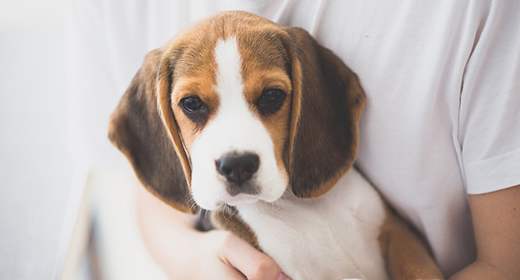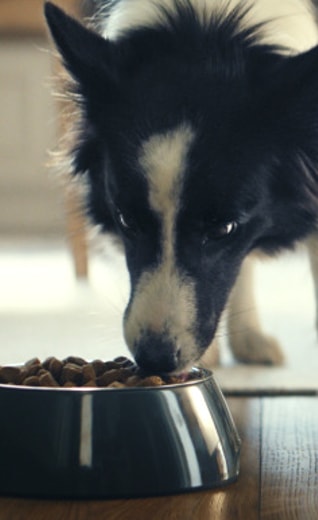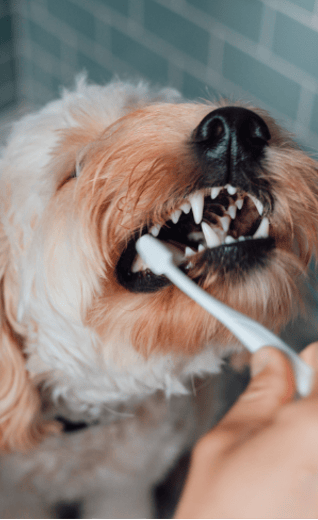
Puppy Basics: Feeding Tips and Tricks
Your puppy will grow the fastest during the first six months of his life, so you'll want to take special care to plan a healthy diet from the start. "Growing puppies have a lot more energy than adult dogs," says Madan Khare, DVM. "They require more nutrients in each bite because they can't eat in large quantities."
That means you'll be looking for a premium puppy food with key ingredients such as animal-based proteins (chicken, beef, or lamb) for strong bones and energy-rich fatty acids (omega-6 and omega-3 are two) for a healthy skin and coat. When perusing the products at your grocery store, don't be tempted by the low-cost brands in the huge bags. They might be packed with fillers and preservatives and may not provide your dog the optimal nutrition he needs. Premium puppy food, such as IAMS® ProActive Health™ Smart Puppy Original, is more easily digested and has additional nutritional value, containing nutrients such as DHA that are naturally found in milk from the puppy's mother. Discuss with your vet and read package labels to determine an appropriate formula for your dog's breed and size. Here, more tips for feeding your healthy, happy pup.
- At first, feed your puppy three times a day (consult with your vet about proper quantities). After four months, twice daily should be fine.
- Provide your pup with fresh water in a clean bowl at all times, even outdoors.
- For a teething puppy, mix dry food into moist food.
- Premium dry food, such as IAMS® ProActive Health, is your best bet for balanced nutrition, value, and convenience. When stored properly, it'll stay fresh longer than moist food—and it requires fewer cleanups.
- Use vet-recommended treats when training your dog, but with moderation.
- Don't offer human food; it may do more harm than good because it won't have the important nutrients your animal needs.
- Create a clean, quiet spot for him to eat (preferably in the kitchen).
- Develop a consistent eating schedule that coordinates with yours.
"Feed your puppy while you eat your breakfast, lunch, and dinner," Khare suggests. He'll learn that you eat at the table and he eats from his bowl. This will deter any tendency to beg. "He'll appreciate the bonding time, too," Khare adds.




